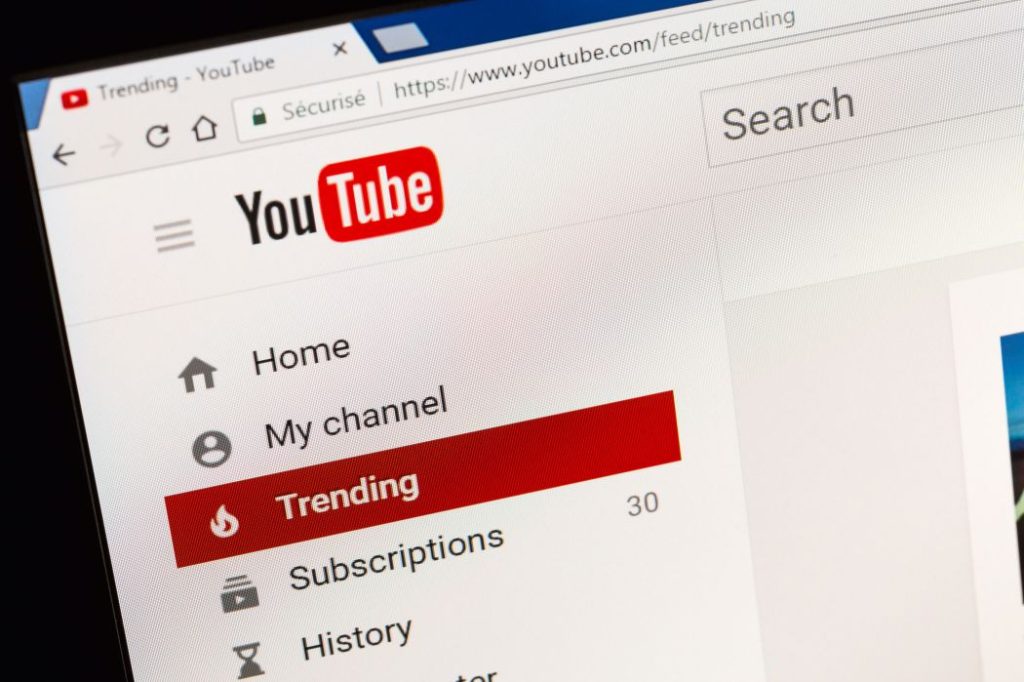Have you ever wondered about the effects that dislikes have on YouTube creators, and their video’s performance?
The truth is, YouTube dislikes are factored into the algorithm, but not in the way that you’d think.
So, in this article, I’ll be explaining exactly how dislikes are used by YouTube, both for creators, as well as for viewers.
It’s actually quite interesting!
Do Dislikes Matter On YouTube?

Contrary to popular belief, dislikes do not have a negative effect on a video’s performance – at least not directly.
In fact, the opposite may be true.
YouTube uses engagement signals to assess the quality of a video, and dislikes are considered one of these engagement signals.
This means that disliking a video can actually help it perform better, as it’s treated near-equally to a like, a comment, or any other sort of engagement.
Remember, YouTube’s goal is to keep people on the platform as long as possible. This means rewarding videos that are engaging and aid with this goal, even if people have a negative reaction to them.
That being said, there are instances where dislikes can hurt creators as well.
Therefore, it’s important to keep the following context in mind, so you can assess whether a dislike is likely to help a creator, or hurt them.
Here’s When Dislikes Can Hurt Creators
In addition to keeping you on the platform for as long as possible, YouTube’s other goal is to collect as much data and information about you as possible.
This is because YouTube (and Google, the owner of YouTube) make most of their money through serving advertisements.
The more they know about you, the better they can target you for advertisements, and the more money they make.
In fact, your entire value to YouTube can be summed up by this equation:
Number of ads viewed X money made per ad.
So, what does this have to do with dislikes?
Well, a video’s performance is hurt most when dislikes show up along with low watch time.
If you watch only a few moments of a video before disliking it and leaving, this sends a very bad signal to YouTube, and indicates that they shouldn’t waste valuable slots suggesting this video to others.
If people are watching the video all the way through however, this aligns with YouTube’s goal. Therefore, the video will still benefit, even if it’s disliked afterwards.
The other way dislikes can affect the video’s performance is based around your interests, and what YouTube knows about you.
YouTube divides people up into groups, based on everything they know about you. Your demographics, location, interests, previously watched videos, etc are all compared with other users, to predict what sort of content you’re likely to be interested in. This is what makes YouTube’s suggestion algorithm so great!
If you (and a lot of people similar to you) all dislike a video, this indicates to YouTube that this specific type of person isn’t interested in it, or didn’t enjoy it.
Therefore, YouTube may be less likely to show it to people who are similar to you in the future.
Dislikes Are Useful For The Viewer, Too
As we’ve already discussed, dislikes can either act as a positive engagement signal, or hurt a video’s performance if combined with a low watch time.
Additionally, dislikes show creators whether or a video is being well received, and can help guide the future direction of the channel.
However, if you think about it, dislikes are very useful for the user too! At least they used to be, before YouTube removed them from appearing publicly.
In the past, you were able to view how many likes and dislikes a video had received.
If a video had a lot of dislikes, you could know before watching it whether or not it was any good, or a complete waste of time.
This was particularly important for things like tech tutorials or DIY projects that you’d need to follow along with as you actually do something. If the video ended up not actually helping, you’d want to know that before you invested a ton of time into it.
So, the decision to remove dislikes from YouTube was strange, and hurts the overall experience.
We can only hope that YouTube brings them back someday, as they were incredibly useful for viewers.
Because some videos will get watched for a longer period of time before people realize that they’re low quality, these bad videos may be getting rewarded more than they were in the past.
Conclusion
Dislikes are a great way for creators to know how their audience feels about a particular video, which can help shape the direction they go with their channel in the future.
While dislikes are ironically seen as a positive engagement signal to YouTube, they can help dissuade YouTube from showing videos to different groups of people, especially if the video has a low average watch time.
I hope that this article has answered your questions, and that you understand the role dislikes play a little more.
If you have any other questions about YouTube, ask them below and I’ll get back to you as soon as possible.
Wishing you the best,
– James McAllister
